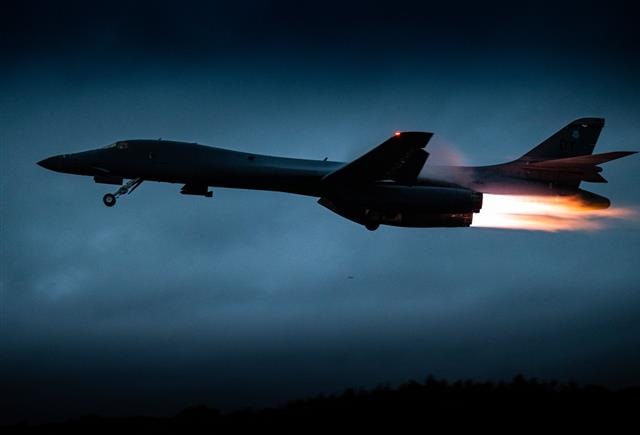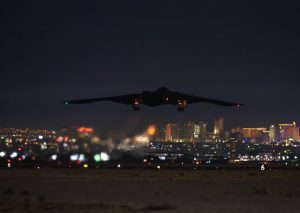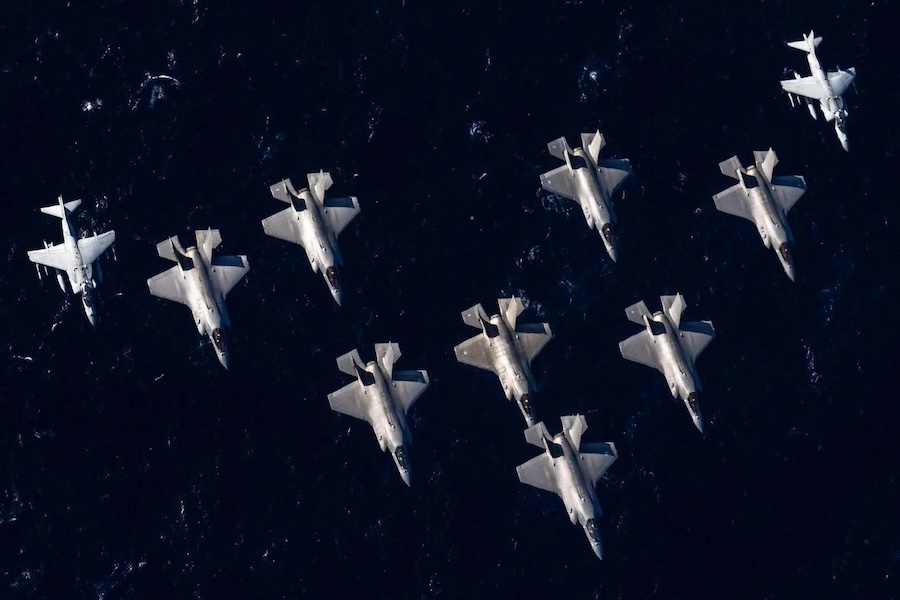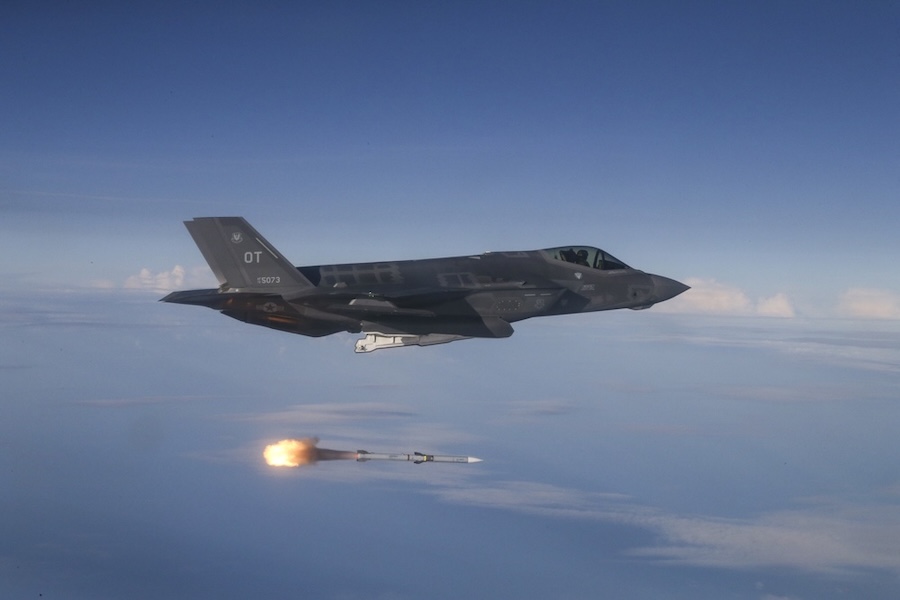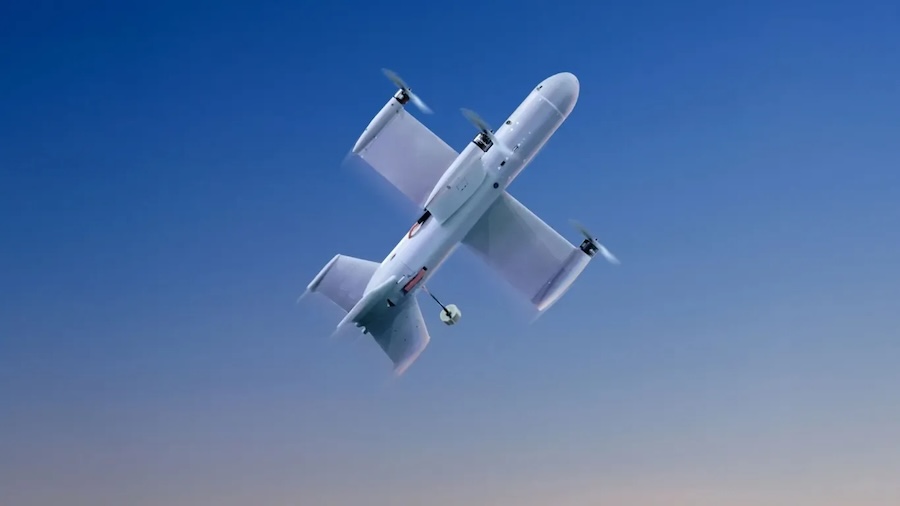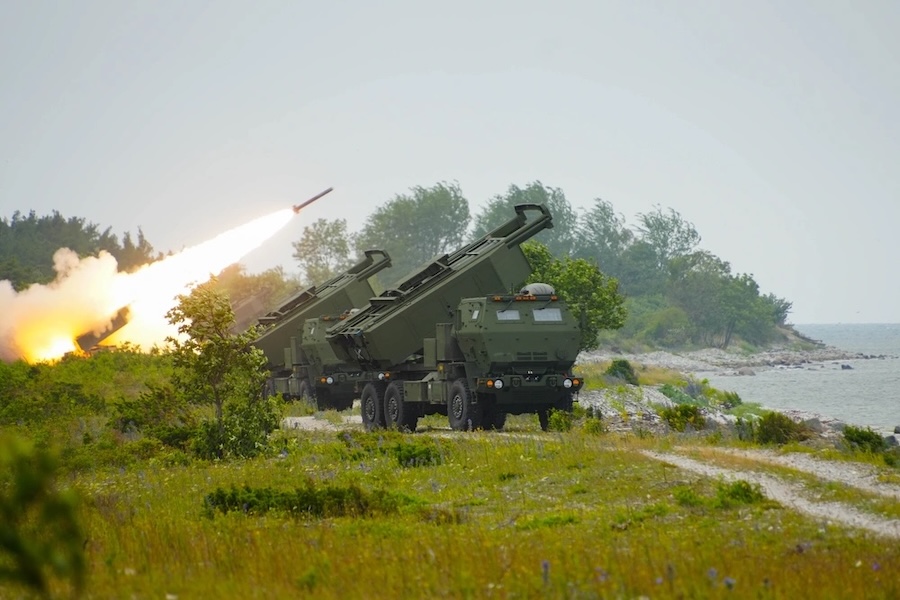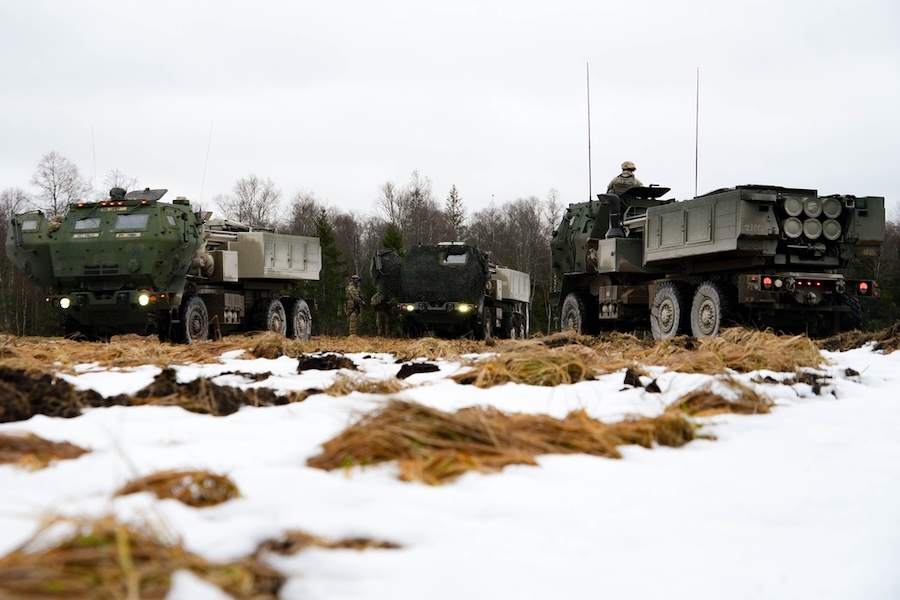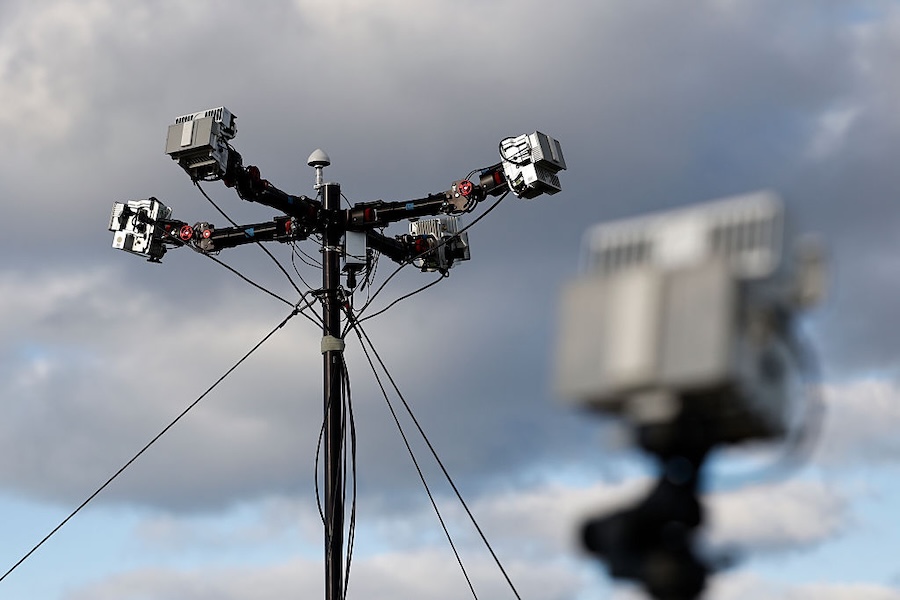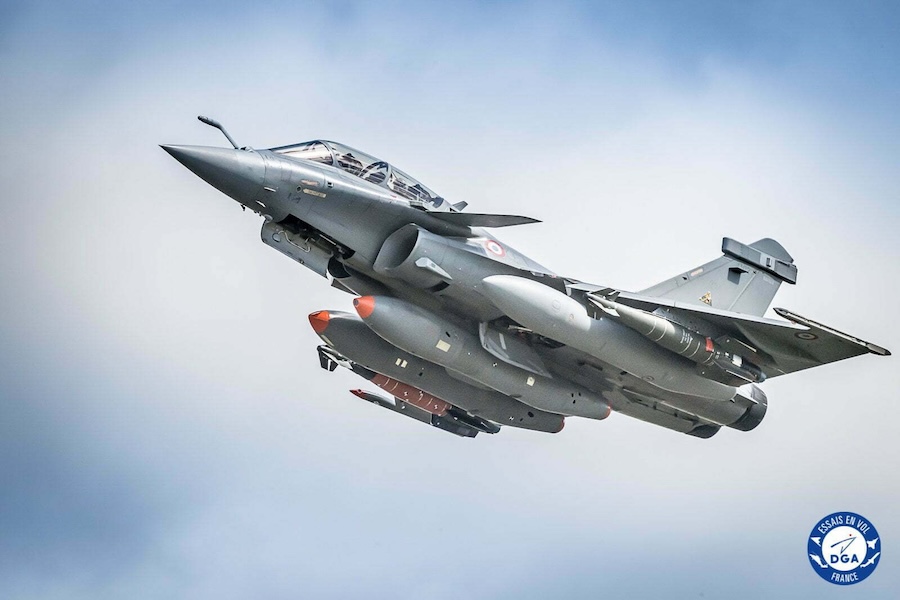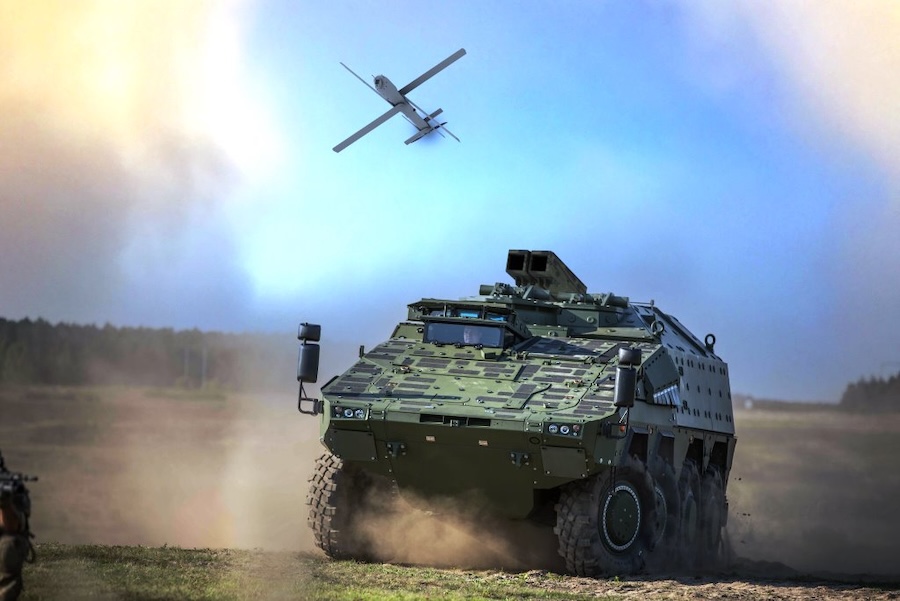Upon arrival in the North Atlantic region, the bombers were escorted by Spanish Air and Space Force EF/A-18M Hornets operating from Keflavik Air Base, Iceland. The Spanish fighters are participating in their first NATO Air Policing mission in Iceland, conducting airborne surveillance, interception, and quick reaction alert under the Alliance’s integrated air defence system.
During the deployment, the B-1Bs will fly Ally-led missions with Norwegian F-35 fighters and other NATO aircraft. These will include high-threat air operations, practising the find, fix, track and target process, and training to counter air and ground-based threats to maintain manoeuvre freedom.
“This deployment allows us to train the way we fight — integrated with our NATO Allies, ready and adaptive,” said U.S. Lieutenant Colonel Eric Alvarez, 345th Bomb Squadron deployed commander. “It’s about building experience and trust together, enhancing readiness, and staying sharp in dynamic environments.”
Norwegian Lieutenant Colonel Tom Christiansen, acting chief of the 132 Air Wing at Ørland, said: “This type of training makes us better equipped to handle any challenges.” The exercises aim to bolster joint capabilities and ensure the Alliance can secure air superiority when required.
This marks the fifth Bomber Task Force Europe deployment in 2025, reflecting the United States’ continued commitment to maintaining a capable forward presence. NATO’s bomber integration missions highlight the Alliance’s interoperability, deterrence posture, and ability to respond decisively to any potential threat.



